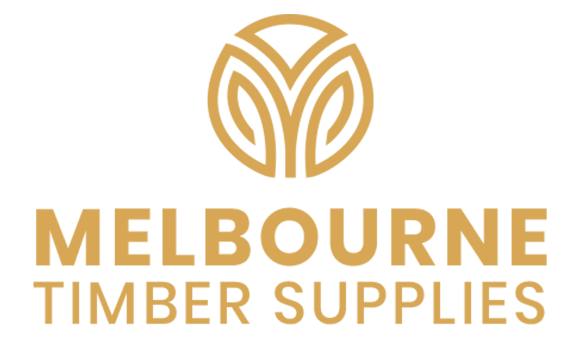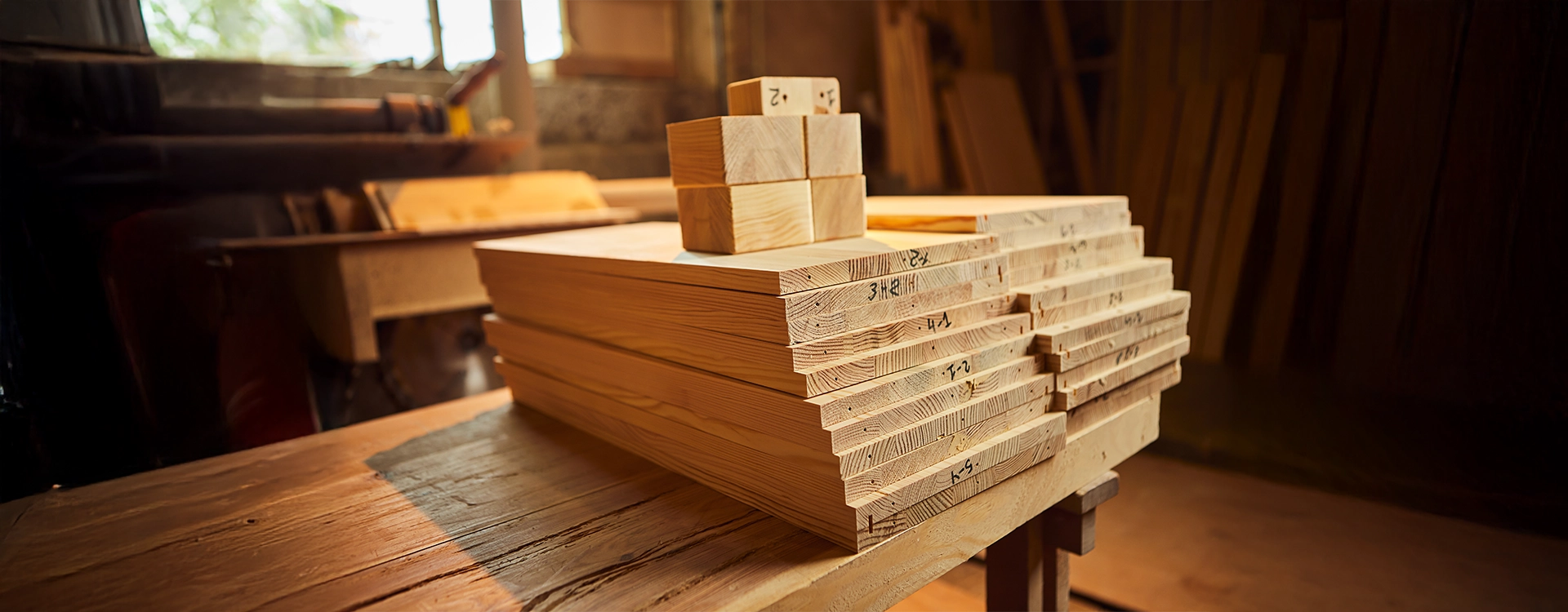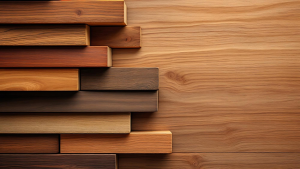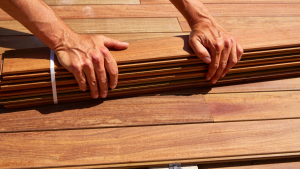The ultimate guide for hardwood decking in Australia
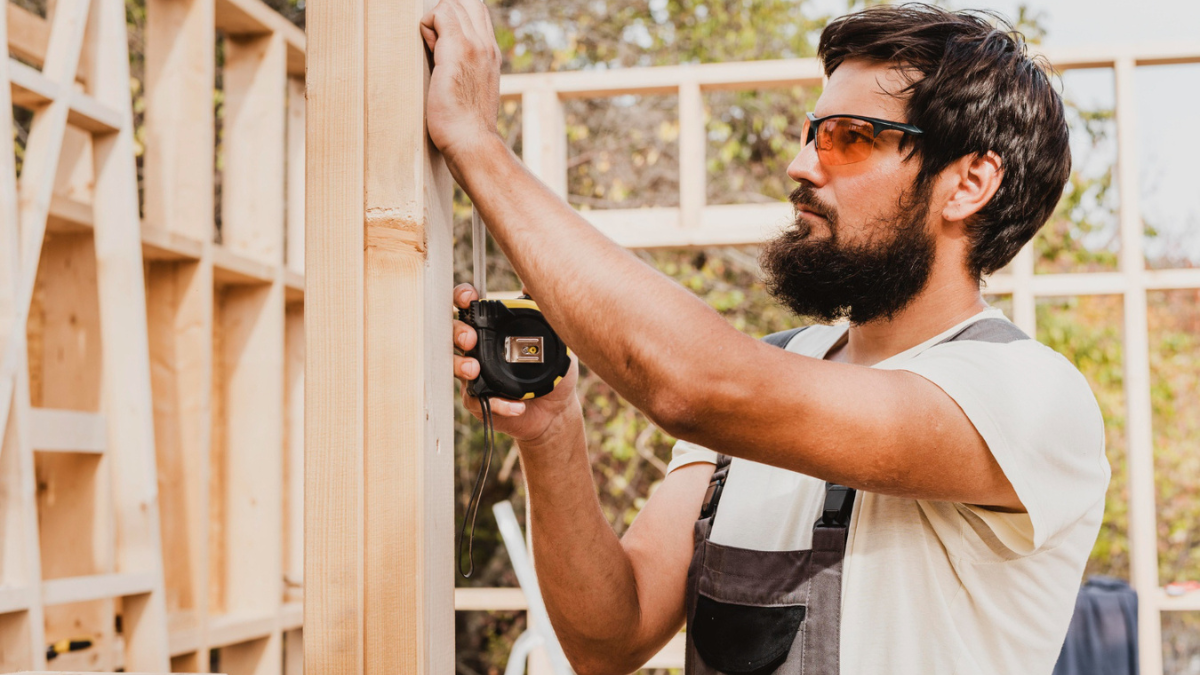
Austria’s diverse climate—from cold, snowy winters to warm, sunny summers—demands outdoor materials that can endure harsh elements without sacrificing aesthetics. Enter hardwood decking, a premium, environmentally friendly solution for exterior projects. Whether you’re building a deck, installing cladding, or revamping a façade, hardwood timber delivers both performance and beauty.
This guide explores the benefits of various hardwood options, highlights top choices, and explains why hardwood decking boards are gaining momentum in Austrian architecture.
What is Hardwood Decking and Why is it Different?
Hardwood is not your average timber. It’s sourced from deciduous trees and is significantly denser, harder, and more durable than softwood. This makes it an ideal choice for outdoor applications, as it provides exceptional resistance to moisture, pests, and rot without the need for extensive chemical treatments. This sustainable approach results in timber that not only looks stunning but also performs exceptionally well in outdoor environments.The Benefits of Hardwood Decking in Outdoor Settings
Austrian homeowners, designers, and builders are turning to hardwood for decking for its wide array of practical and aesthetic benefits.
- Durability That Lasts: Hardwood decking can last for decades, even in Austria’s toughest weather conditions. Its natural resistance to rot, decay, and pests makes it a standout choice for decks, cladding, and outdoor structures.
- Low-Maintenance Appeal: One of the top reasons people love hardwood decking timber is the minimal upkeep required. While all woods require some care, many hardwoods can gracefully age to a beautiful silver-grey patina or be maintained to preserve their original hue with simple oiling.
- Beautiful Finishes to Complement Any Design: Hardwood boasts a rich array of finishes, from light golden hues to deep reddish-browns. Its distinctive grain patterns give each board a one-of-a-kind aesthetic. Unlike standard wood, it resists weathering beautifully, maintaining its charm with minimal upkeep. This makes it a standout choice for stylish, enduring outdoor spaces.
The Benefits of Hardwood Decking in Outdoor Settings
- Adaptable to Our Climate: From Tyrol’s snowy winters to Vienna’s humid summers, hardwood timber decking thrives in all conditions. Its high density and natural stability ensure it resists warping and swelling, even in areas prone to extreme weather.
- Eco-Friendly for Green Builds: Sustainability is increasingly important in Austrian building codes and design trends. By choosing hardwoods from responsibly managed forests, builders can meet eco-standards without compromising quality.
Top-Tier Options and Availability
You can find a wide range of best hardwood for decks through trusted suppliers in Austria. Let’s delve into some popular options:
Spotted Gum Decking
Spotted Gum is a premium Australian hardwood known for its striking appearance and durability. Its color ranges from pale browns to dark reddish-browns, often with a wavy grain that creates a “fiddleback” pattern. As a Class 1 durability timber, it is highly resistant to rot and termites, making it a reliable choice for long-lasting decks.NSW Spotted Gum Decking
Specifically sourced from coastal forests in New South Wales, this variety of Spotted Gum is a top-tier Australian hardwood. It shares the excellent durability and strength of other Spotted Gum species and is valued by architects and designers for its beautiful back-sawn grain and unique color palette.
Blackbutt Decking
A popular Australian hardwood, Blackbutt is valued for its warm, pale blonde to light brown colors. It is a Class 1 durability timber with a straight grain and is naturally resistant to termites. Its fire-resistant properties also make it a suitable choice for areas with bushfire concerns.
Silvertop Ash Decking
Silvertop Ash is a cost-effective and versatile Australian hardwood. Its color is a pale straw to light brown, and it features a moderately coarse texture with an interlocked grain. As a Class 2 durability timber, it is a great choice for decking and, as its name suggests, weathers to a beautiful silver-gray patina.
Grey Ironbark Decking
A very dense and durable Australian timber, Grey Ironbark is known for its incredible strength and longevity. Its color can range from a light grey to a light chocolate brown, and it has a distinctive, textured pattern. With a Class 1 durability rating, it is one of the toughest and most resilient hardwoods available.
Red Ironbark Decking
Related to Grey Ironbark, Red Ironbark is distinguished by its rich reddish-brown color, which is similar to Jarrah. It is equally hard and durable, boasting a Class 1 rating. Its exceptional stability and resistance to pests make it a high-performance choice for decks that will last for decades.
Merbau Decking
Merbau is a popular imported hardwood from Southeast Asia, favored for its rich, reddish-brown color that adds a warm and classic feel to any deck. It is naturally oily, which gives it a high resistance to moisture, rot, and insects. While it requires minimal maintenance, it is known to “bleed” tannins, so it must be properly seasoned before installation to prevent staining on surrounding surfaces.
WPC Decking (Wood Plastic Composite)
While not a natural hardwood, WPC decking is a popular alternative. It is a man-made product made from a blend of recycled wood fibers and recycled plastic. WPC is prized for its low maintenance, as it doesn’t require oiling or staining and is highly resistant to rot, insects, and splintering. However, it lacks the natural feel and unique grain of real wood.
Jarrah Decking
An iconic timber from Western Australia, Jarrah is a high-density hardwood with a beautiful range of colors from light pinks to deep reddish-browns. It has a Class 2 durability rating and is naturally resistant to termites and rot. Its aesthetic appeal and durability make it a classic choice for both modern and traditional decks.
Karri Decking
Also native to Western Australia, Karri is a hardwearing timber with colors ranging from light pinks to a rich reddish-brown. While visually similar to Jarrah, it is a denser wood. With a Class 2 durability rating above ground, it’s a very strong and durable choice for decking, although it can be more susceptible to surface checking than other hardwoods.
Premium Bamboo Decking
Often considered an eco-friendly alternative, premium bamboo decking is a durable and stable material made by compressing bamboo fibers. Because bamboo is a grass, it grows and replenishes much faster than hardwood trees. It is highly resistant to moisture, rot, and insects, and offers a contemporary look.
Garapa Decking
Garapa, often called “Brazilian Ash,” is a dense South American hardwood that is a more budget-friendly alternative to Ipe. It has a beautiful golden-yellow color that ages to a subtle silver-gray. With a Class 1 durability rating, it offers excellent resistance to rot and insects and is a fantastic value for money.
Treated Pine Decking
Treated Pine is a softwood that has been treated with chemical preservatives to enhance its resistance to rot, termites, and fungi. As a result, it is the most affordable decking option available and is widely accessible. While it lacks the natural hardness of hardwoods, it is a practical and budget-friendly choice that can be stained to a variety of colors.
Brazilian Redwood (Massaranduba)
Brazilian Redwood, or Massaranduba, is an extremely dense and durable hardwood. It has a warm reddish-brown color and a straight grain. With a Class 1 durability rating, it is highly resistant to wear, scratches, and insects. Its natural density also makes it highly stable, reducing the risk of warping and shrinking.
Stringy Bark Decking
This is a general term for timber from several species of Australian Eucalyptus trees with fibrous, stringy bark. The timber is durable and provides a classic, rustic feel to a deck. Its appearance and properties can vary depending on the specific species, but it is generally a reliable option for a hardy and natural-looking deck.
GLD Mixed Blondes
This is a blend of light-colored Australian hardwoods, predominantly Queensland Blackbutt. The mix offers a beautiful variety of golden-yellow to pale brown tones, creating a unique and modern aesthetic. As a Class 1 durable timber, it is a high-performance, long-lasting option for both residential and commercial projects.
Practical Tips for Using Hardwood Decking
- Pre-drill holes for fasteners to avoid splitting, as hardwoods are very dense.
- Use stainless steel screws for longevity and to prevent rust stains.
- Consider an oil treatment annually if you wish to maintain the original colour of the wood.
- Design for proper airflow beneath the deck to maximize lifespan and prevent moisture build-up.
Conclusion: The Smart Outdoor Choice
If you’re searching for the best hardwood for decks in Austria, you have a wealth of choices that offer durability, beauty, and sustainability. With its blend of natural beauty, high durability, and low maintenance needs, hardwood decking offers an unbeatable value. Whether you’re after low-maintenance outdoor solutions or architectural flair, hardwood delivers.
Ready to transform your space with quality that lasts? Explore the range at Melbourne Timber Supplies- your go-to source for Hardwood Decking in Australia.Frequently Asked Questions (FAQ)
- Q.What is hardwood decking used for?
Hardwood decking is ideal for creating durable and attractive outdoor living spaces. It’s used for decks, patios, walkways, pool surrounds, and even as a material for outdoor furniture and screens due to its natural strength and aesthetic appeal. - Q. How does hardwood timber differ from softwood?
Hardwood timber, sourced from broad-leaved trees, is significantly denser and stronger than softwood, which comes from coniferous trees. This makes hardwood much more resistant to rot, insects, and general wear and tear, giving it a longer lifespan in outdoor applications. - Q. Is hardwood decking slippery when wet?
The slipperiness of hardwood decking depends on its surface finish and how well it’s maintained. When wet, untreated or algae-covered hardwood can be slippery. However, many hardwood decking boards are sold with a ribbed or textured profile, and regular cleaning and a proper non-slip oil can greatly reduce the risk of slips. - Q. Can I use hardwood decking in coastal areas?
Absolutely. Many hardwood for decking species, particularly those with high natural oil content like Garapa, are highly resistant to salt, moisture, and extreme weather conditions. They are a perfect choice for coastal homes where durability against harsh elements is crucial. - Q. How much does a hardwood deck cost?
The hardwood decking prices can vary widely based on the specific wood species, board dimensions, and the complexity of the installation. Tropical and premium Australian hardwoods are typically more expensive than treated pine, but they offer greater longevity and value over time.
